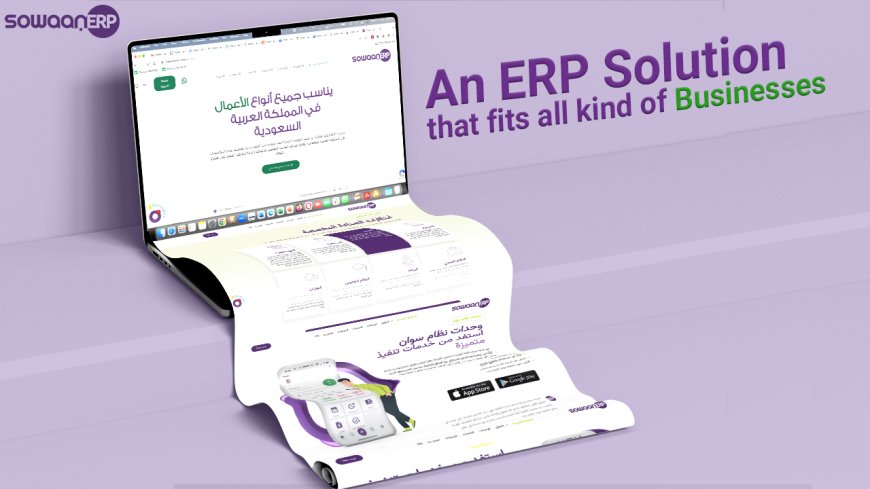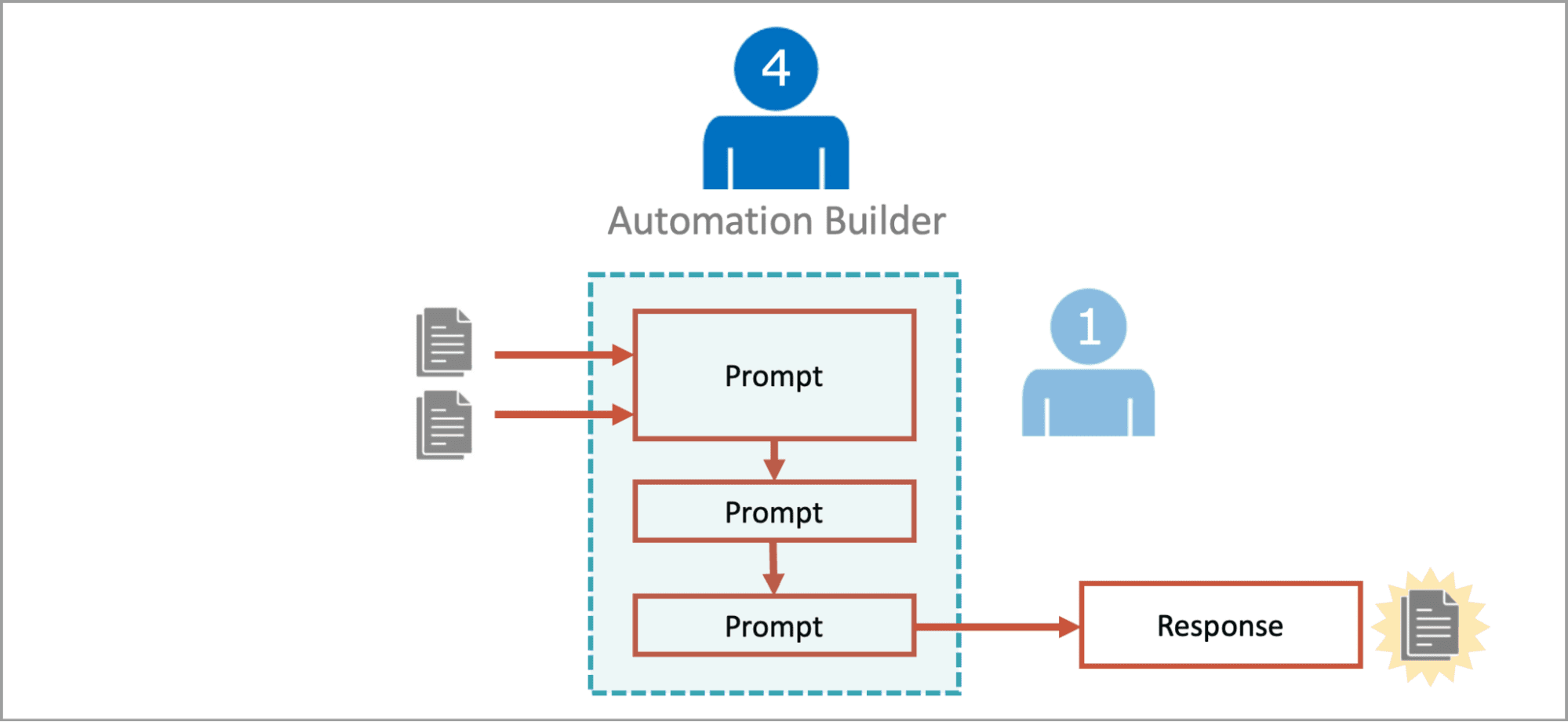How to Develop an Accounting Software — A Step-by-Step Guide in 2024
Learn how by 2024, companies need an accounting software that solves all business needs, from billing and taxation to planning.

Accounting software has become essential for any business, given that modern businesses demand efficient handling of their financial aspects and keeping up with various regulations. When planning to develop accounting software in Saudi Arabia in the year 2024, the following process may look challenging, but with direction, it is possible. This article guides you through the various stages of development, from planning to the phase where you'll need to support your product.
1. An Understanding of the Purpose and the Needs of the Market
Determining precisely what you aim to solve with your accounting software before you jump into the development process is essential. By 2024, companies need a tool that solves all their business needs, from billing and taxation to planning, and its compatibility with various business applications. Here are a few key considerations:
• Target Audience:
Who are you designing for? Are they small business owners, corporate entities, or freelancers, for instance, nonprofit organizations?
• Compliance:
You should also confirm whether the software can address regional tax issues and other international GAAP or IFRS.
When you clearly define the problem that your software is aiming to solve, this will guide you in the right direction in terms of design and development.
2. Market Analysis and Competitive Analysis
Studying the competitors is a normal part of creating accounting software. Studying successful players like QuickBooks, Xero, or FreshBooks helps you understand what features should be included in the product and what the market expects from such products. Focus on:
• Features:
Determine which aspects of the product will be shared with competitors and which aspects are unique.
• User Experience:
Define what users like or dislike about the current software and interfaces in terms of usability, appearance, and customer service.
• Gaps in the Market:
Seek out issues other competitors overlook, such as specific niches, lack of integration, or responsiveness to mobile devices.
3. Specification and Functions
The next step is to define the basic functionalities that your software will have. Some essential features of accounting software are:
• Invoicing and Billing:
A legal way of making and sending invoices or handling payments and remembering the due dates.
• Expense Tracking:
Record and classify transactions, pay regular expenses electronically, and balance checkbooks.
• Financial Reporting:
Prepare and produce accurate real-time reports on sports, such as profit and accounts, balance sheets, and cash flow statement statements.
• Tax Management:
Automate taxes, manage VAT, GST, or any other regional taxes that may apply, and generate tax reports.
• Payroll Integration:
Include payroll, which allows you to manage the employees' salaries, bonuses, or other deductions.
• Bank Reconciliation:
Categorize bank transactions for better analysis and reconciling.
• AI and Automation:
Machine learning generates automatic financial learning, errors, and forecasts.
Once you have completed the features, compile a clear spec document that defines how all these features should be implemented.
4. Defining the User Experience (UX/UI).
The appearance of your pos software for retail layout should be simple and easy to operate. Accounting is intensive work that utilizes numerous tasks, and a lousy choice of interface will soon enrage users. Focus on:
• Simplicity:
Organize so users can accomplish work through a series of steps with minimum wait or delay time. Navigation must always be clear, and unnecessary steps should be avoided.
• Accessibility:
Make sure you test it on all devices and different screen resolutions, including mobiles and tablets.
• Customization:
Enable users to customize the dashboard's appearance, reports, and settings for business use.
Usability testing is best carried out before implementation during the design process so that problems that may hinder the interaction process may be addressed.
5. Development Process
We are in the actual development phase. Scrum or Kanban implies regular iterations favorable to permanent feedback during the development process.
• Front-end and Back-end Development:
First, link the user interface layers with the back end. Then, check whether everything on the web page is fully operational and corresponds to the UI design concept.
• Data Security:
Strong measures must be taken, such as using passwords, especially two-factor authentication, encryption, and access rights by roles. This is especially important because handling financial information requires a lot of discretion.
• Automation:
Integrate AI-based automation functionalities within the software, in addition to features like predictive analytics, to increase effectiveness and demand.
• Testing and Quality Assurance:
However, this should be accompanied by unit testing, system testing, and beta testing to confirm that the software is free from significant defects that may hinder the performance of other software.
Another aspect of development in 2024 is that the software built should meet privacy regulations such as GDPR or CCPA to comply with data protection laws.
6. Testing and Debugging
This is essential to guarantee that the software you use in your accounting operations runs as it should in practical situations. Different types of testing include:
• Unit Testing:
Checking the divisibility of each component to attain specific results.
• Integration Testing:
Creating different modules and APIs on the same software platform should not be a problem.
• User Acceptance Testing (UAT):
We are enabling end-users to use the software with the expectation that it will respond to their requirements and specifications.
• Performance Testing:
It verifies how the software behaves when subjected to one or many users by trying to feed the program with a large volume of data.
Make the necessary adjustments and corrections where equipment is malfunctioning or where productivity and reliability need to be enhanced.
7. Launch and Deployment
After the software has been developed and undergone rigorous testing, it goes through deployment. For those of you who will implement a cloud solution, ensure that your servers are optimized for the estimated traffic. The deployment process should include:
• Final Testing:
Conduct the last system check to see whether there are any concerns specific to the deployment.
• Server Setup:
Create cloud hosting or dedicated hosting, depending on your choice of web host.
• Data Migration:
It is vital also to check that if they are transferring from other accounting applications, their data should be imported well.
• Training and Support:
Provide the users with some courses so that after getting the courses, they can start using the software.
Conclusion
Accounting software development in 2024 involves the market requirements, the features to be included, and the development process. When targeting end-user experience, integration features, and security, developing an application that corresponds to the new requirements becomes possible. Whether you are offering enterprise or SMB solutions, using the guidelines outlined in this article will guide you through designing a product that will fit seamlessly into the competitive market of accounting solutions.


































































































































































